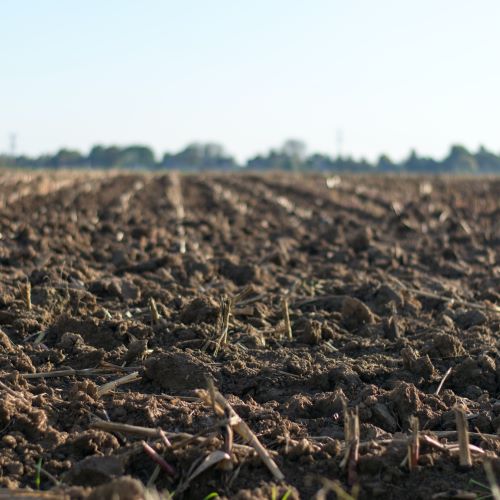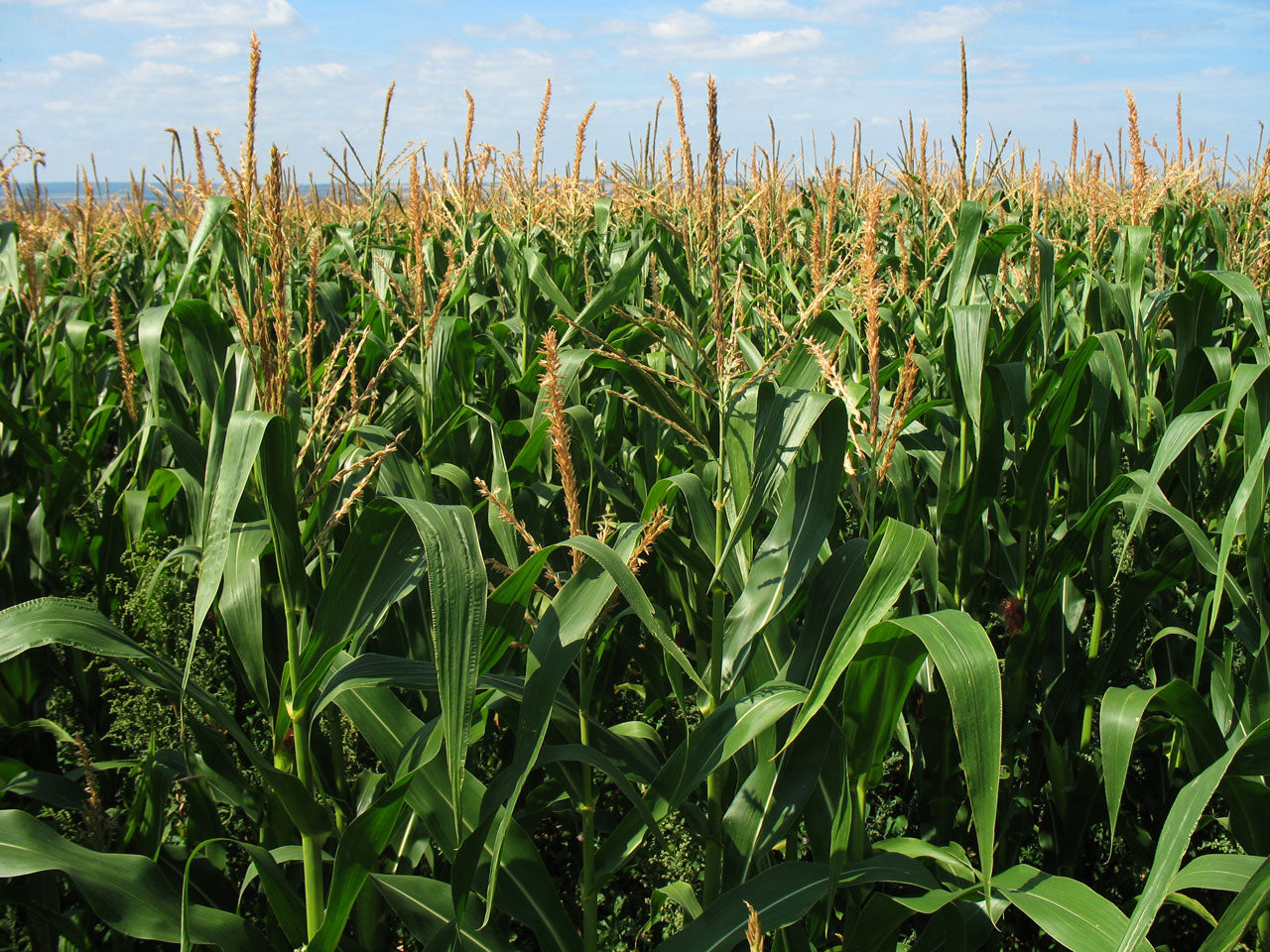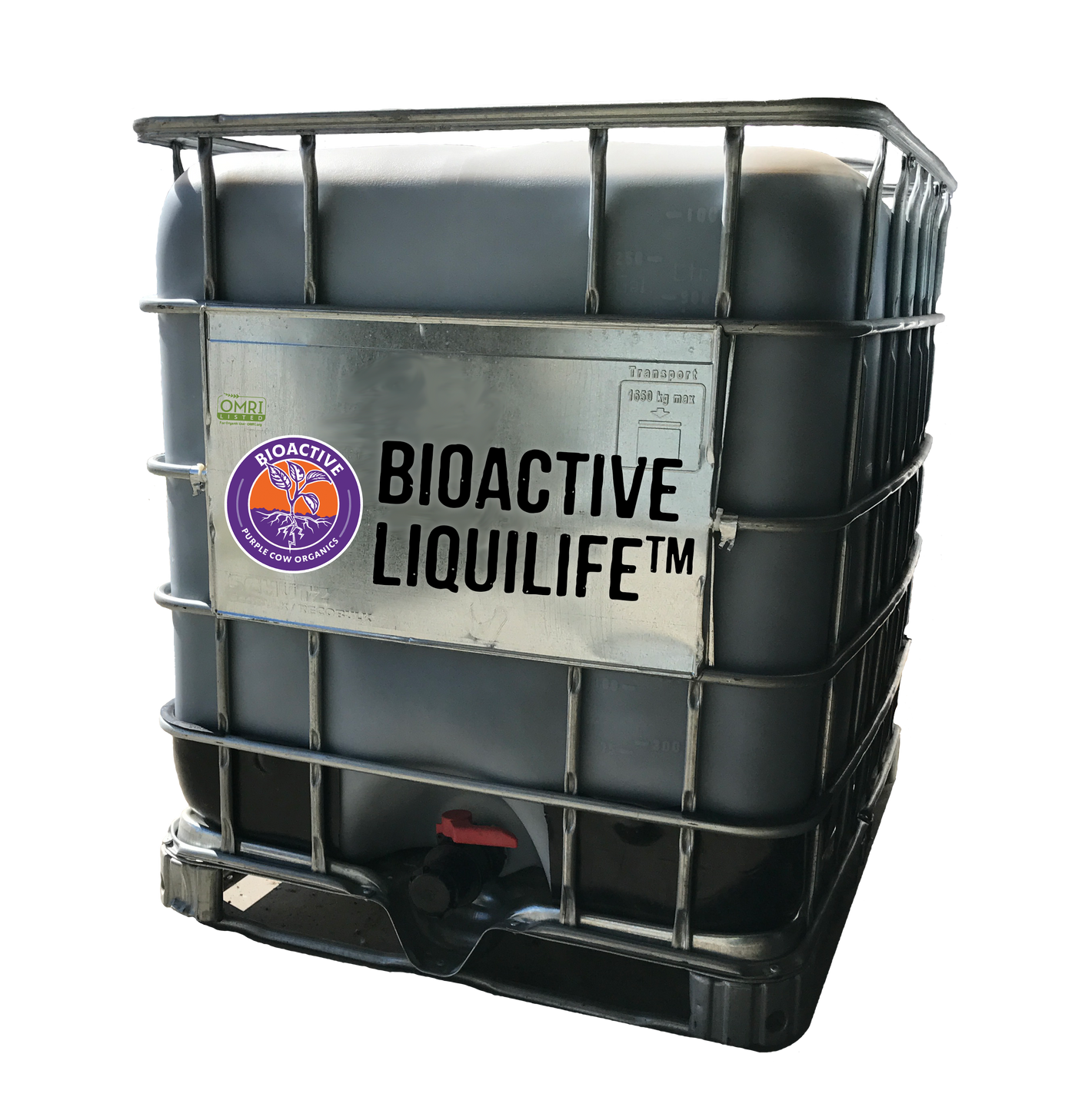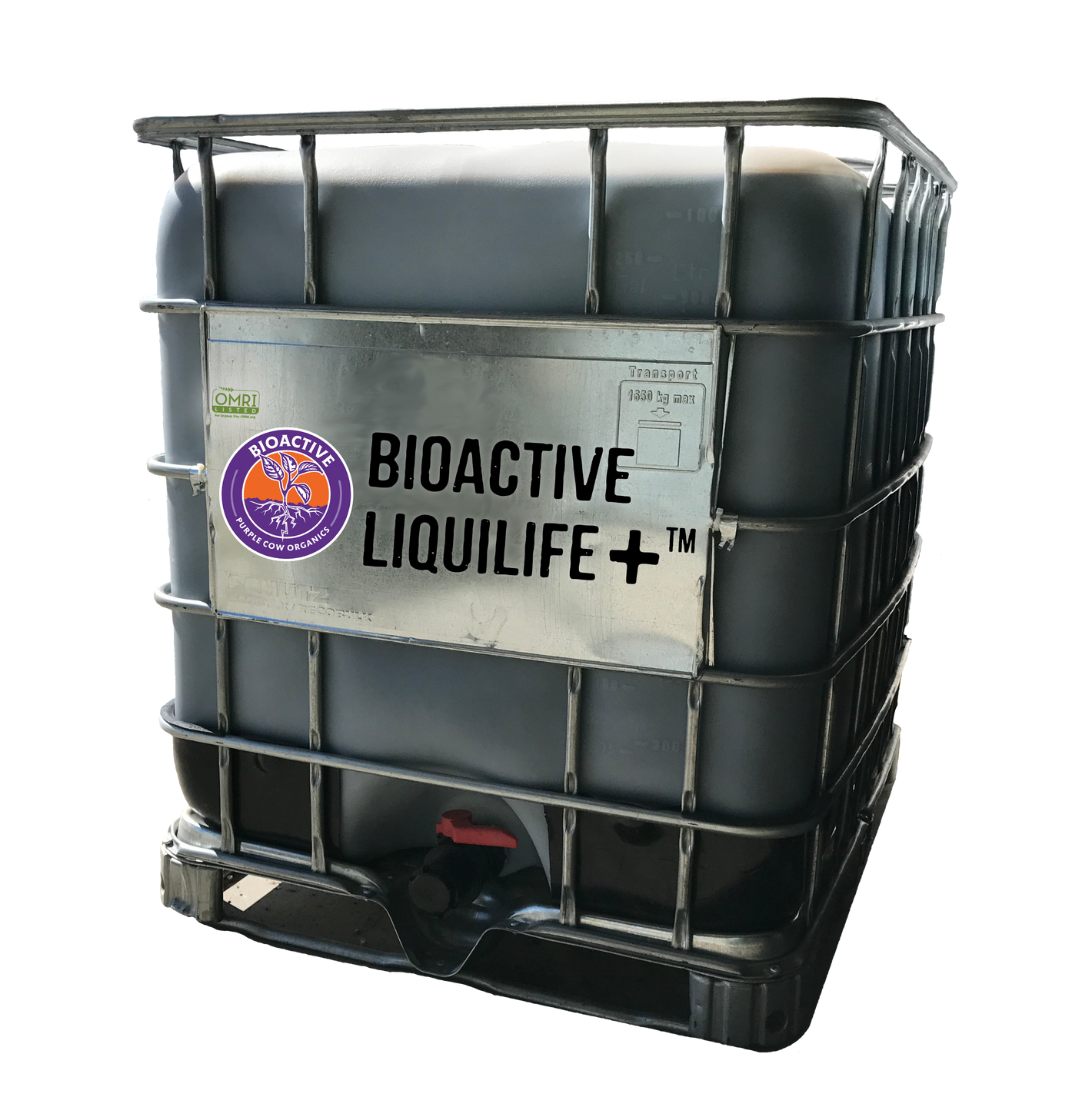If published estimates on fertility efficiency are correct:
Only 30-70% of applied nitrogen gets to the plant.
30-60% of applied potassium gets into the plant.
Only 5-30% of applied phosphorus is taken up by the crop.
This means 70% to 95% of the applied phosphorus is lost or tied up in the soil.
Most soils contain a deep well of P and K that is simply not
picked up on your typical soil test.

Agricultural laboratories run a weak acid extraction to obtain an estimation of plant-available Phosphorus. This result represents the estimated amount of Phosphorus that can become available for plant uptake during the growing season.
The most common extraction solutions used in the northern Midwest are Mehlich-3 or Bray-1; in the Northeastern United States, it is Morgan or Modified Morgan solutions; in the Western states, they typically use Olson P extraction.
All these extraction solutions are weak acids and reflect only a small percentage of Total Phosphorus (TP) bound up within the soil.

Phosphorus
Total Phosphorus (TP) is used almost exclusively for a geological assay for mining or land use determinations and is not typically offered at an agricultural soil testing laboratory. TP concentrations in the soil usually fall within the range of 500 to 800 ppm, 32 times the levels you see on the average soil test.
One of the main reasons phosphorus applications are inefficient is phosphorus readily binds to calcium, iron, aluminum, silicate minerals, hydrous oxides, and carbon in the soil humus. As opposed to solubility, bioavailability occurs when the unique characteristics of soil microorganisms help access phosphorus from this deep well in your soil.
More biology, more available P.

Potassium
Total Potassium (TK) within the soil is also far greater than what is reflected in the soil tests farmers rely on. It is estimated that most Midwestern soils have as much as 40,000 pounds per acre of potassium in the top six inches.
Why then do most soil tests indicate potassium levels below 600 pounds per acre? Again, the extraction solution has much to do with it.
For many decades, plant-available potassium was extracted with an ammonium acetate solution, although now most labs have converted over to a Mehlich-3 extraction for convenience and efficiency. Neither of these extractions show the full picture of what your soil may look like from a microbe’s perspective, or how many more nutrients you may have at your disposal for raising a crop.
Phosphorus and Potassium Cycles
Decades of research have studied the chemical side of soil nutrients, including desorption and adsorption of P and K from soil particles into soil solution. Critically important is how these elements convert from being affixed on the surface of clay particles into an exchangeable state. The role of biology is essential in this conversion.
Traditional thinking has most plant-available nutrients coming from soil minerals and applied fertilizer sources, with very little entering the plant
from organic sources. Recent research has shown that more than 66% of the nutrients a plant takes up may come from organic sources such as plant residues and animal manure. Especially for farmers using animal manures to supplement their field’s nutrient profile, insufficient microbial activity contributes to the reason nutrients may be locked up and not mineralized in a timely fashion for the crops’ needs.
Robust, diverse biology will facilitate greater nutrient cycling and improve the efficiency of uptake by plants through the breaking of the chemical bonds of adsorption and carrying those nutrients to the plant roots. Without the aid of biology, the crop must rely entirely on undirected chemical and physical reactions to desorb nutrients from the soil surfaces, which is inefficient and ineffective at producing yields near the full potential of the crop.

The Purple Cow Take
Plants don’t take up dry inputs, fertilizers either solubilize based on time, temperature, and moisture or biology converts them. Using a diverse broad-spectrum biological can
help ensure that the maximum amount of soil and applied nutrients are being utilized in your system.
A diversity of microorganisms from a broad-spectrum biological will ensure that the maximum amount of soil nutrients are utilized.
If there is moisture and the plants are still not getting nutrients, three considerations stand out:
- A mineral imbalance - This can be from either excess or deficiency.
- Diminished energy and exchange capacity, often related to high salt factors.
- Minerals that are chelated or tied up in the growing system.
One significant advantage of a liquid fertility program is how nimble the program can be. Rather than applying minerals in fall at a rate much higher than the plant needs, an observational farmer, and perhaps a simple tissue test, can quickly address a deficiency if they see one. Plants get minerals much faster with a foliar pass on their leaves than with a field application through their roots. The corrective application can have an almost immediate impact.
The case is being made that increased phosphorus uptake is not achieved with more applied phosphorus but through more applied biology. Farmers and agronomists are developing a deeper understanding that phosphorus and potassium come from the soil, are plentiful in manures, and can be biologically digested and made available from crop residue.
Many fields have phosphorus and potassium from previous applications; if needed, a fertility application can be made.
BIOACTIVE LiquiLife™ and LiquiLife+™
BIOACTIVE LiquiLife™ and LiquiLife+™help you get the most out of the soil, manure, crop residue, and other inputs you apply. Adding the necessary microbes for nutrient cycling and conversion of nutrients to the proper form for plant uptake is an excellent way to increase fertility efficiencies and profit this season and for years to come.




